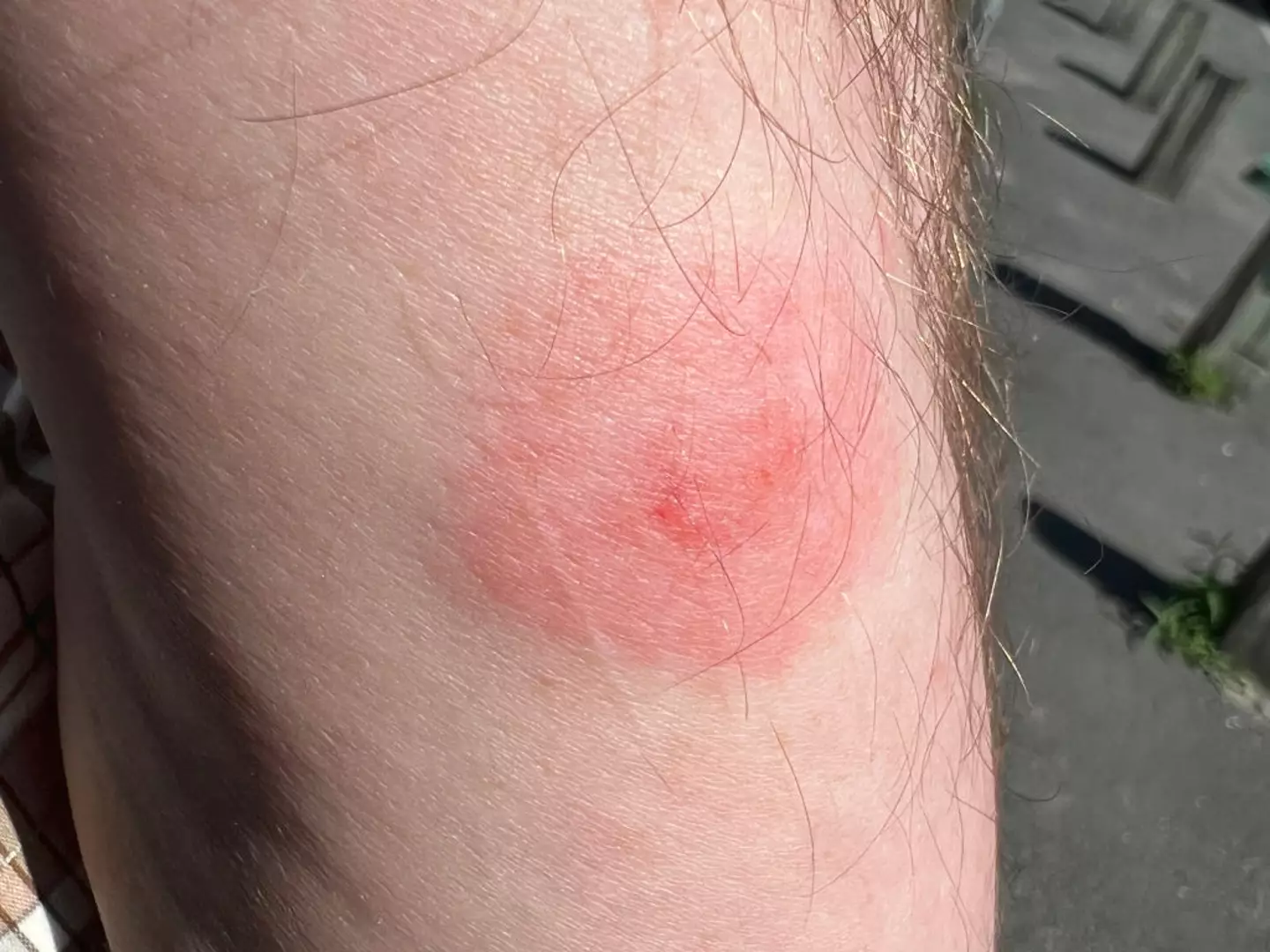There are three phases of Lyme disease that are important to understand, especially as Justin Timberlake has recently confirmed his diagnosis.
The ‘Cry Me A River’ artist announced a health update on Instagram on Thursday, July 31.
Timberlake has been traveling globally for the last two years while managing the challenges of a bacterial infection diagnosis.
The Mayo Clinic notes that this illness is caused by borrelia bacteria, which humans may contract from a tick bite.
Early symptoms might be mistaken for general sickness, but if not addressed, they can progress to more severe conditions over time.
In a social media post, Timberlake expressed: “If you’ve experienced this disease or know someone who has – then you’re aware: living with this can be relentlessly debilitating, both mentally and physically.”

“When I first got the diagnosis I was shocked for sure. But, at least I could understand why I would be onstage and in a massive amount of nerve pain or, just feeling crazy fatigue or sickness.”
Timberlake also stated: “I was faced with a personal decision. Stop touring? Or, keep going and figure it out. I decided the joy that performing brings me far outweighs the fleeting stress my body was feeling. I’m so glad I kept going.”
He joins a list of Hollywood celebrities who have publicly discussed the disease, which affects approximately 480,000 Americans annually.
Below are the three main stages of Lyme disease explained.
According to the Mayo Clinic, Lyme disease is transmitted through ticks, with an initial symptom possibly being a tick bite.
This could appear as a ‘tiny, itchy bump on your skin, similar to a mosquito bite’, though a tick bite alone does not always indicate the presence of the disease.

Symptoms such as fever, headache, and extreme fatigue might occur within three to 30 days after an infected tick bite.
Individuals may experience joint stiffness, muscle aches, pains, and swollen lymph nodes.
A rash is another common indicator, although it may not always appear.
The Mayo Clinic explains: “The rash is usually a single circle that slowly spreads from the site of the tick bite. It may become clear in the center and look like a target or bulls-eye,” and notes that it is typically not painful or itchy, but warm to the touch.
While the rash is often warm to the touch, it usually lacks pain or itchiness.

The next set of symptoms, which are ‘more serious and widespread’, manifests between three to 10 weeks after a tick bite.
These include rashes on different body parts, neck pain or stiffness, and muscle weakness on one or both sides of the face.
Additionally, back and hip pain extending to the legs, numbness in the hands or feet, and painful, swollen eyes or eyelids have been reported.
The most severe issues relate to immune-system activity affecting the eyes and heart.
Affected eye nerves may cause pain or vision loss, while heart tissue involvement can lead to irregular heartbeats.

Those in the third stage of Lyme disease may experience symptoms from earlier stages along with more severe issues.
Stage three symptoms typically arise two to 12 months following a tick bite.
In the United States, arthritis is the most prevalent issue at this stage, particularly affecting large joints like the knees. Individuals might experience persistent or intermittent pain, swelling, or stiffness.
If you are concerned, it is advised to contact your doctor immediately.

